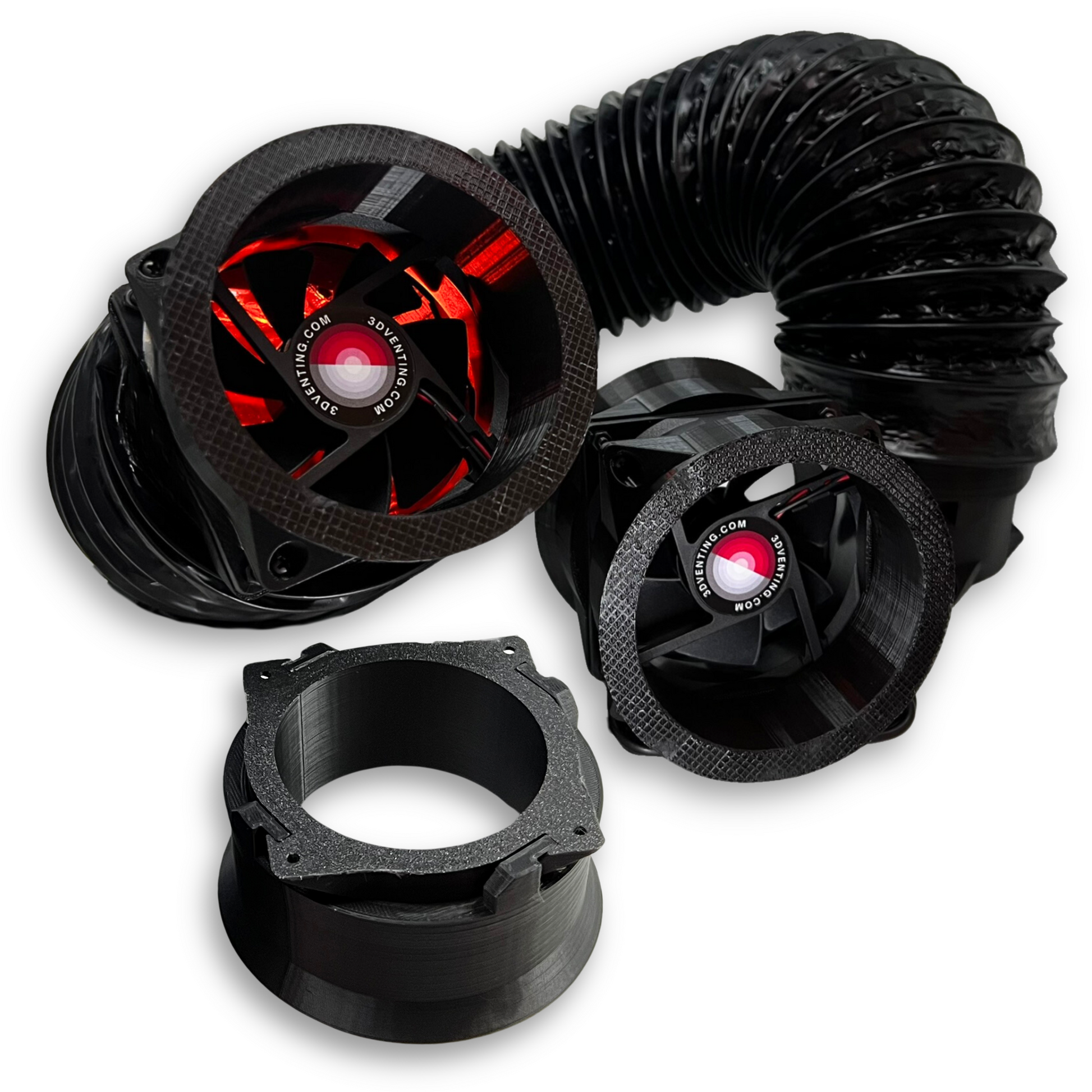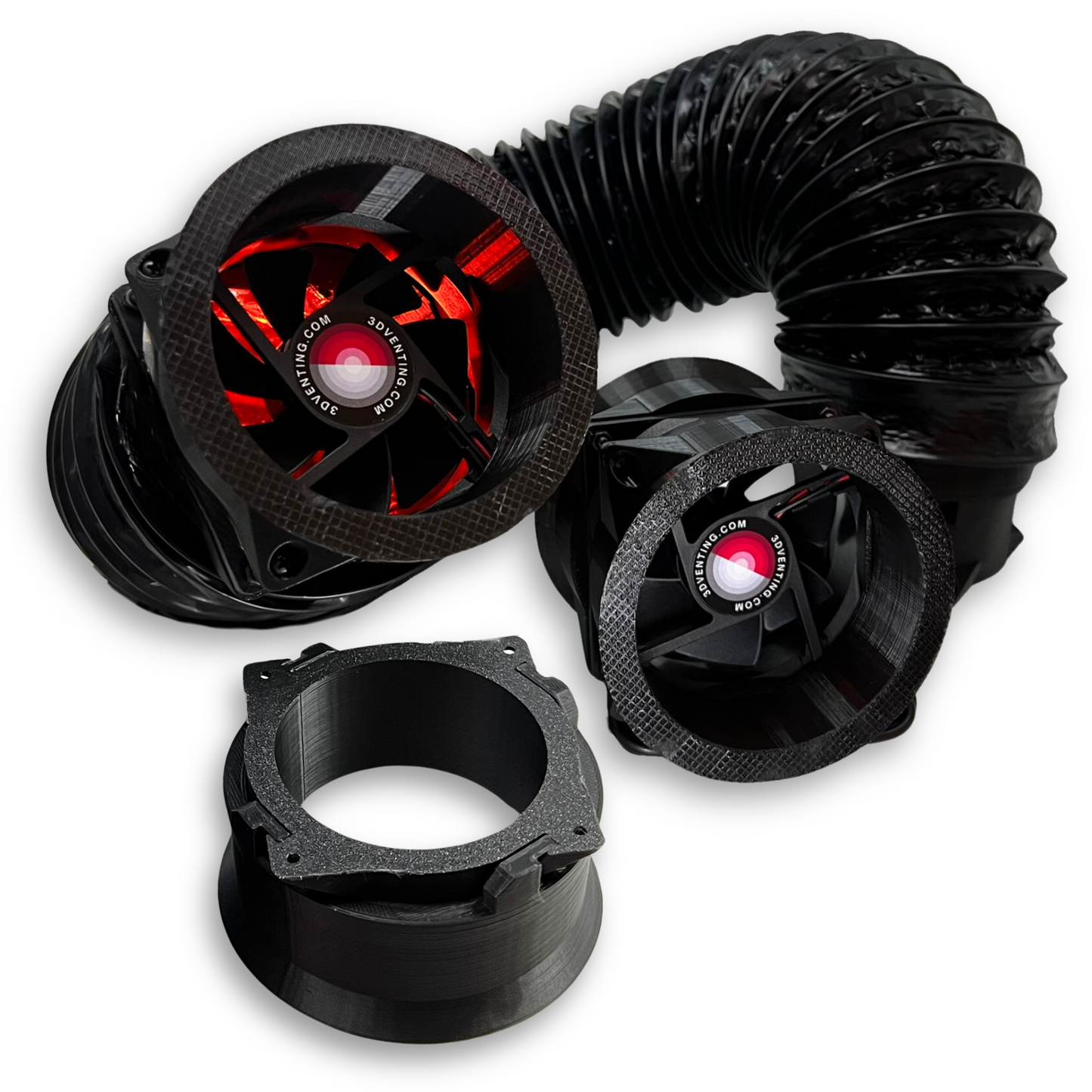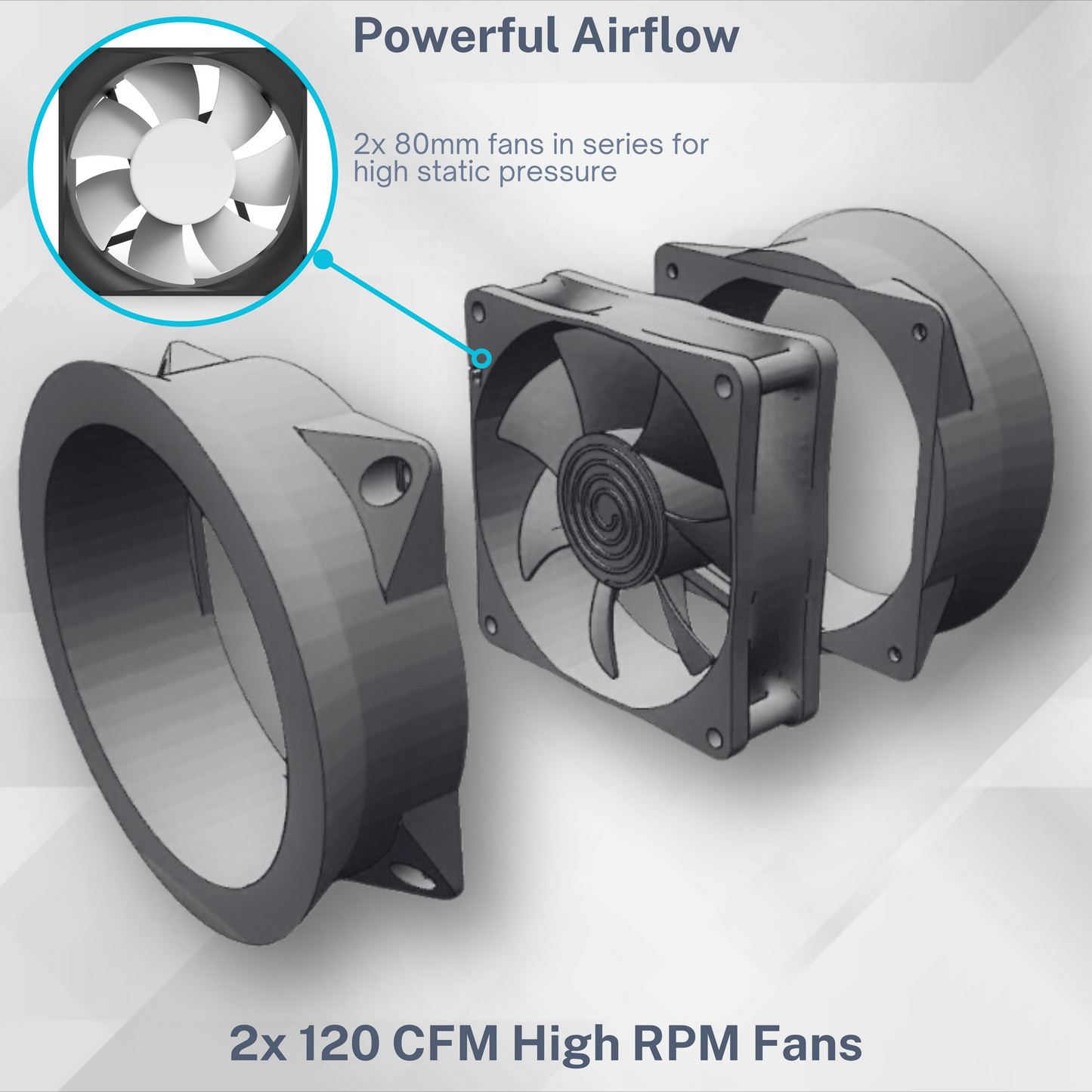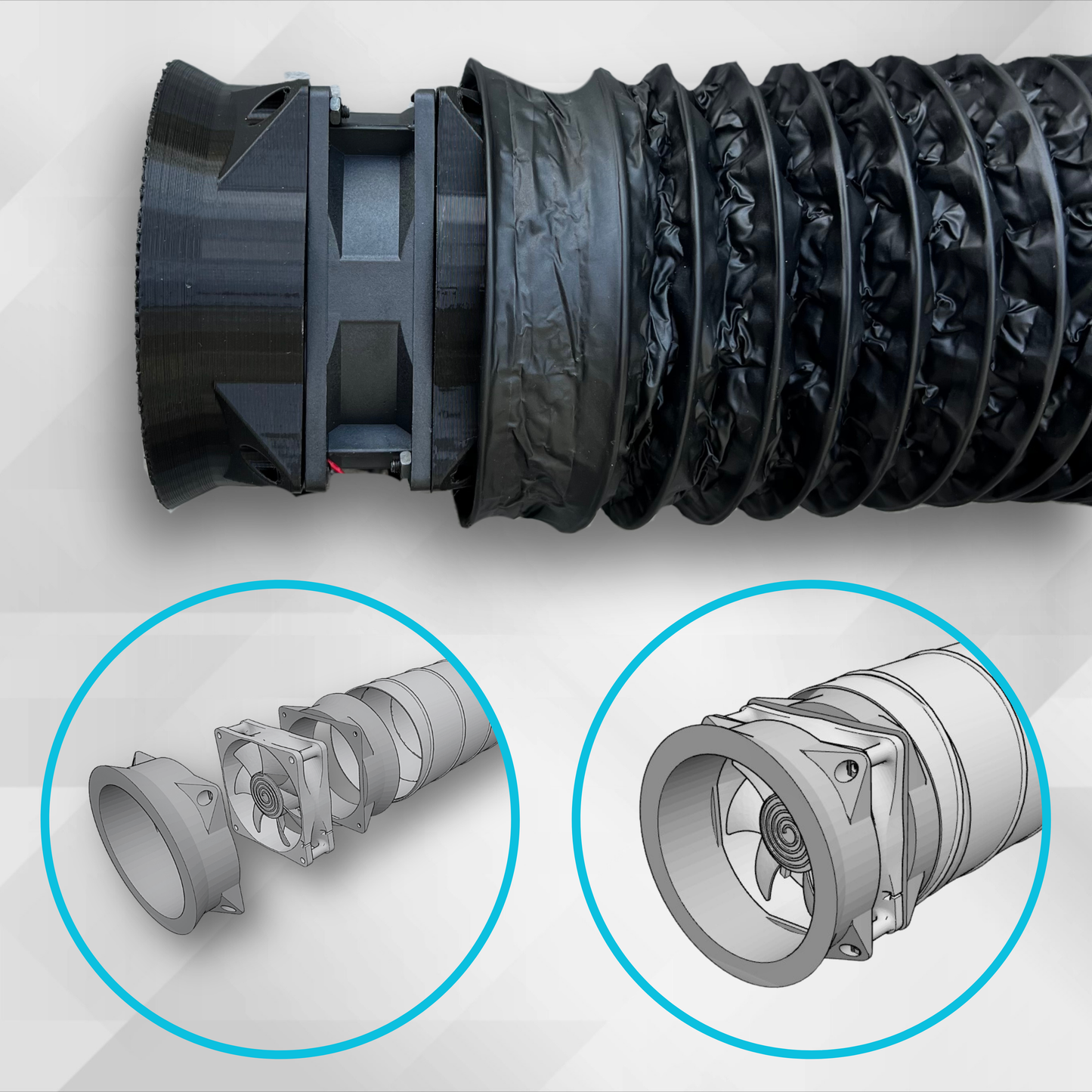While 3D printing lets you create amazing models at home, the process itself emits harmful fumes. Studies have shown printers release chemicals like styrene, linked to respiratory problems, and even ultrafine particles that can infiltrate your lungs. The long-term health impacts are unclear, but researchers urge caution.
Experts emphasize responsible use. Industrial settings have strict guidelines, but replicating them at home is crucial. Ensure good ventilation, ideally with a dedicated enclosure and exhaust fan.
Finnegan et al. (2023) investigated the emissions of volatile organic compounds (VOCs) and particulates from 3D printing of PLA and ABS filaments. This scientific paper discusses the potential health risks associated with emissions from these printers. The study used a 3D printer to print PLA and ABS filaments. The researchers then used gas chromatography and mass spectrometry to identify the chemicals released. They also used a particle analyzer to measure the size and shape of the particles. The study found that 3D printers release a variety of chemicals, including alkanes, benzenes, and aldehydes. The emissions also varied depending on the type of filament used. The researchers recommend that people who use 3D printers take steps to improve ventilation.
Finnegan, M., Thach, C. L., Khaki, S., Markey, E., O'Connor, D. J., Smeaton, A. F., & Morrin, A. (2023). Characterization of volatile and particulate emissions from desktop 3D printers. Sensors, 23(24), 9660. https://doi.org/10.3390/s23249660

VENT80 for ELEGOO Resin Printer Ventilation Odor/Fume Extractor Complete System
Regular price
$79.95 USD
Regular price
Sale price
$79.95 USD
Unit price
per








